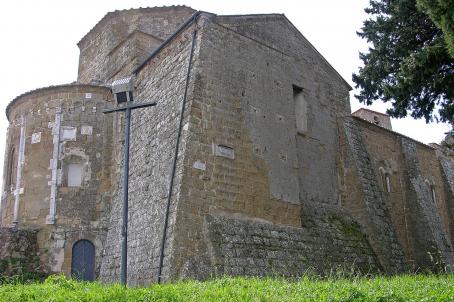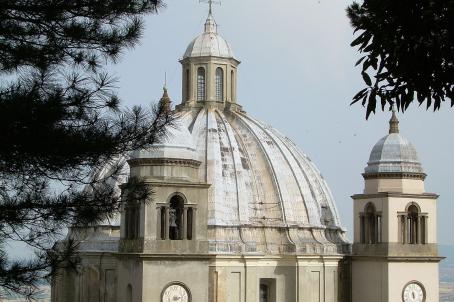Pitigliano Cathedral
The Cathedral of Pitigliano was first mentioned in 1276 as the parish church of San Pietro. It became a collegiate church and was dedicated to Saints Peter and Paul. It was renovated several times, including in 1509 by Niccolò III Orsini, Count of Pitigliano, and during the 18th century. When the Bishop of Sovana came to settle permanently in Pitigliano, the former collegiate church became a cathedral in 1845.






